Vasopressin
- CAS NO.:11000-17-2
- Empirical Formula: C46H65N13O12S2
- Molecular Weight: 1056.22
- MDL number: MFCD03839092
- EINECS: 234-236-2
- SAFETY DATA SHEET (SDS)
- Update Date: 2024-11-19 20:33:22

What is Vasopressin?
Toxicity
Vasopressin overdose is expected to present with consequences related to excessive vasoconstriction of peripheral, mesenteric, coronary vascular beds, hyponatremia, and possibly with ventricular tachyarrhythmias, rhabdomyolysis, and gastrointestinal symptoms. As vasopressin is rapidly metabolized and cleared, symptoms will resolve with cessation of vasopressin administration.
The Uses of Vasopressin
Vasopressin is a peptide hormone that regulates the body’s retention of water. Vasopressin is an antidiurectic hormone.
What are the applications of Application
Vasopressin is a peptide hormone that regulates the body′s retention of water
Indications
Vasopressin is indicated to increase blood pressure in adults in vasodilatory shock refractory to the application of fluids and catecholamines.
Background
Vasopressin (arginine-vasopressin or antidiuretic hormone) is a nonapeptide primarily produced in the hypothalamus that exhibits diverse physiological functions related to diuresis, hemodynamic modulation, and behaviour. Vasopressin is very similar to oxytocin, differing in the third and eighth amino acids. Despite a wide variety of functions, exogenous vasopressin is primarily used to control blood pressure during systemic shock by increasing vasoconstriction and renal fluid reuptake by acting through V1 and V2 cellular receptors.
The vasopressive effect of posterior pituitary gland extracts was noted in 1895, while vasopressin itself was not purified until 1951. It has been used for more than five decades for varying conditions, including variceal bleeding, diabetes insipidus, and, more recently, vasodilatory shock. It is currently marketed under the trademark VASOSTRICT? by PAR Pharmaceuticals.
Pharmacokinetics
Vasopressin is a nonapeptide antidiuretic hormone involved in modulating various physiological processes, including autonomic signalling, stress response, behaviour, and memory; the most well-known modulation is of blood pressure. Vasopressin acts both within the brain and in the periphery to modulate blood pressure through sympathetic outflow, baroreflex modulation, vasoconstriction, and renal fluid retention. These mechanisms vary by location and physiological state, leading to occasionally contradictory responses to vasopressin. Although generally safe, vasopressin may worsen cardiac output in patients with impaired cardiac function. The cessation of vasopressin therapy may result in transient reversible diabetes insipidus, which may require additional desmopressin or vasopressin to manage.
Veterinary Drugs and Treatments
Vasopressin is used in veterinary medicine as a diagnostic agent and
in the treatment of diabetes insipidus in small animals. In recent
years, there has been significant interest in using vasopressin for
treating shock syndromes in humans and animals. Ongoing research
is being conducted.
In human medicine, vasopressin has been used to treat acute GI
hemorrhage and to stimulate GI peristalsis. Vasopressin CRI is also
being used for treatment of hypotensive septic patients unresponsive
to conventional vasopressor. Prior to radiographic procedures,
it has been used to dispel interfering gas shadows or help concentrate
contrast media.
Metabolism
Animal studies suggest that vasopressin is metabolized by serine proteases, carboxypeptidases, and disulphide oxidoreductases, primarily in the liver and kidneys. These cleavage events occur at sites important for vasopressin's activity, and hence the metabolites are expected to be inactive.
Properties of Vasopressin
| solubility | Methanol (Slightly), Water (Slightly) |
| form | Lyophilized Powder |
| color | White |
| Water Solubility | Soluble in water (Miscible). |
| Stability: | Hygroscopic |
| CAS DataBase Reference | 11000-17-2(CAS DataBase Reference) |
Safety information for Vasopressin
Computed Descriptors for Vasopressin
Vasopressin manufacturer
Shilpa Medicare Limited (SML)
New Products
Tert-butyl bis(2-chloroethyl)carbamate 4-Methylphenylacetic acid N-Boc-D-alaninol N-BOC-D/L-ALANINOL N-octanoyl benzotriazole 3-Morpholino-1-(4-nitrophenyl)-5,6-dihydropyridin- 2(1H)-one Furan-2,5-Dicarboxylic Acid DIETHYL AMINOMALONATE HYDROCHLORIDE 1,1’-CARBONYLDIIMIDAZOLE R-2-BENZYLOXY PROPIONIC ACID 1,1’-CARBONYLDI (1,2-4 TRIAZOLE) N-METHYL INDAZOLE-3-CARBOXYLIC ACID (2-Hydroxyphenyl)acetonitrile 4-Bromopyrazole 5-BROMO-2CYANO PYRIDINE 5,6-Dimethoxyindanone 5-broMo-2-chloro-N-cyclopentylpyriMidin-4-aMine 2-(Cyanocyclohexyl)acetic acid 4-methoxy-3,5-dinitropyridine 1-(4-(aminomethyl)benzyl)urea hydrochloride 2-aminopropyl benzoate hydrochloride diethyl 2-(2-((tertbutoxycarbonyl)amino) ethyl)malonate tert-butyl 4- (ureidomethyl)benzylcarbamate Ethyl-2-chloro((4-methoxyphenyl)hydrazono)acetateRelated products of tetrahydrofuran

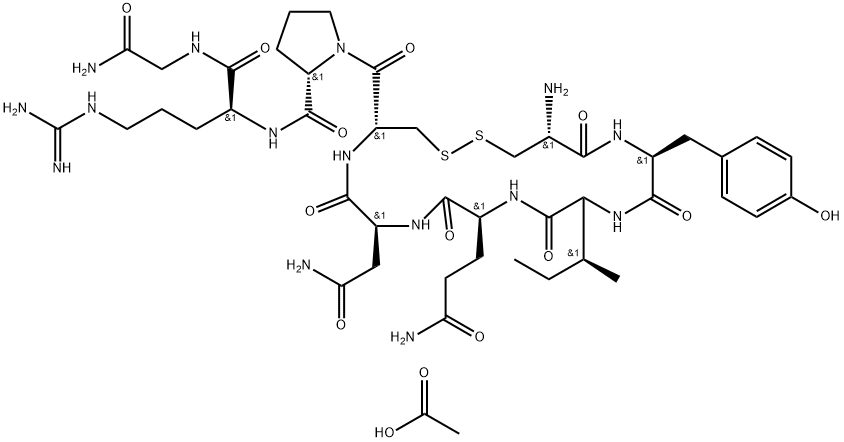

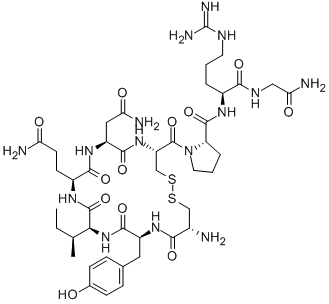

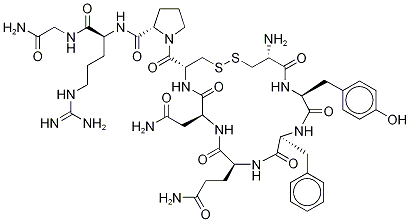
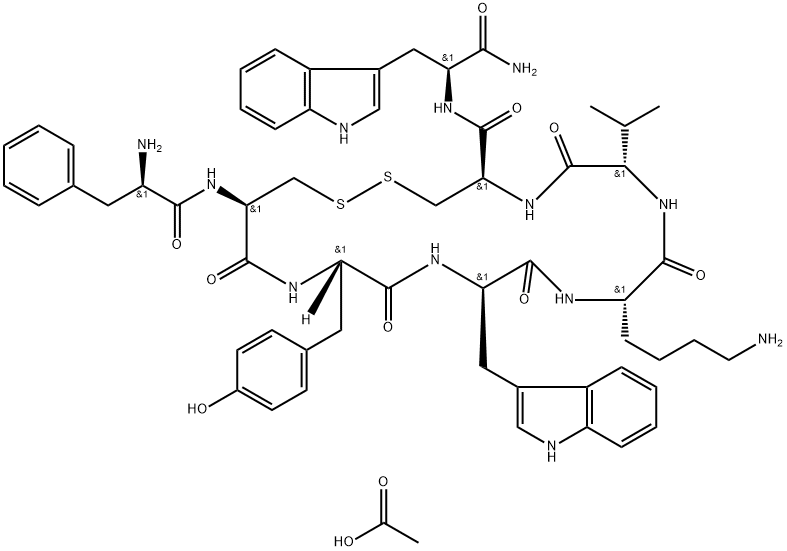

You may like
-
 11000-17-2 Vasopressin 99%View Details
11000-17-2 Vasopressin 99%View Details
11000-17-2 -
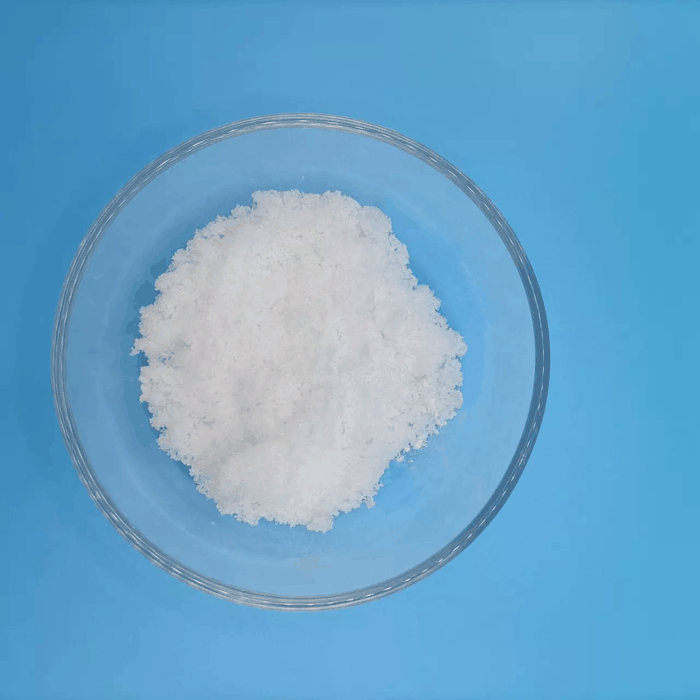 11000-17-2 98%View Details
11000-17-2 98%View Details
11000-17-2 -
 Vasopressin CAS 11000-17-2View Details
Vasopressin CAS 11000-17-2View Details
11000-17-2 -
 1975-50-4 98%View Details
1975-50-4 98%View Details
1975-50-4 -
 2-HYDROXY BENZYL ALCOHOL 98%View Details
2-HYDROXY BENZYL ALCOHOL 98%View Details
90-01-7 -
 14714-50-2 (2-Hydroxyphenyl)acetonitrile 98+View Details
14714-50-2 (2-Hydroxyphenyl)acetonitrile 98+View Details
14714-50-2 -
 118753-70-1 98+View Details
118753-70-1 98+View Details
118753-70-1 -
 733039-20-8 5-broMo-2-chloro-N-cyclopentylpyriMidin-4-aMine 98+View Details
733039-20-8 5-broMo-2-chloro-N-cyclopentylpyriMidin-4-aMine 98+View Details
733039-20-8